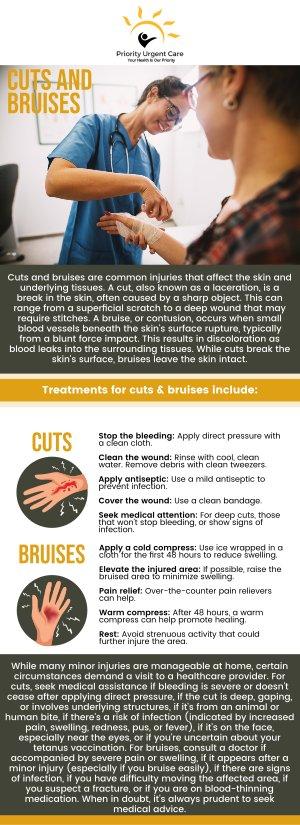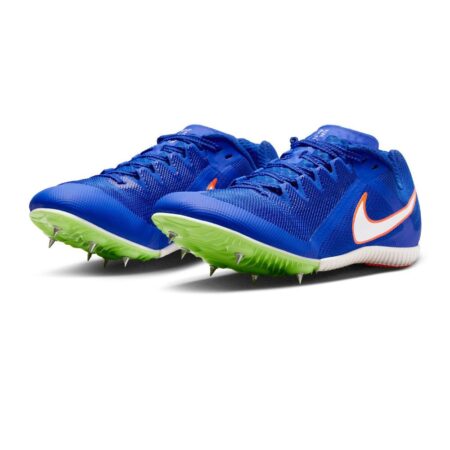Ultra runner David Roche credits rigorous scientific preparation and innovative heat training for his triumphant performance at this year’s punishing Javelina 100, a grueling 100-mile race notorious for its scorching desert temperatures. In an exclusive interview with Yahoo Sports, Roche detailed how he “scienced this problem so hard,” using data-driven strategies to adapt his body to extreme heat and outlast his competitors. His victory not only highlights the physical and mental demands of ultrarunning but also signals a growing trend of athletes employing cutting-edge methods to master extreme endurance challenges.
We Scienced This Problem So Hard Ultra Runner David Roche’s Innovative Heat Training Strategies
David Roche’s victory in the punishing conditions of the Javelina 100, where temperatures soared above 100°F, was no accident. Roche embraced a rigorous, science-backed approach to heat acclimation, pushing the boundaries of traditional ultra-running training. His regimen combined daily sauna sessions, strategic dehydration protocols, and heat chamber workouts that simulated the arid Arizona desert environment. By carefully monitoring core temperature, sweat rate, and heart rate variability, Roche fine-tuned his body’s ability to dissipate heat efficiently, maintaining performance when many others faltered.
Key elements of Roche’s heat adaptation included:
- Gradual increase in heat exposure over a 6-week period
- Supplementation with electrolytes tailored to sweat composition
- Cross-training focused on heat endurance rather than speed
- Rest days optimized to allow physiological recovery without losing acclimation gains
| Training Component | Duration | Goal |
|---|---|---|
| Sauna sessions | 20-30 min daily | Increase plasma volume |
| Heat chamber runs | 3x/week, 45 min | Boost sweat rate & cooling efficiency |
| Electrolyte balance | Throughout training | Prevent cramping & maintain performance |
| Hydration strategy | Pre- & post-workout | Optimize rehydration without overloading |
Adapting to Extreme Conditions How Heat Acclimation Boosted Performance at the Javelina 100
David Roche’s victory at the Javelina 100 wasn’t just a testament to his endurance-it was a triumph of meticulous preparation and scientific precision. Faced with the brutal Arizona desert heat, Roche committed to an intense heat acclimation protocol that transformed his body’s response to extreme temperatures. “We scienced this problem so hard,” he explained, highlighting how repeated exposure to heat, combined with controlled hydration strategies, enabled his muscles to operate efficiently despite soaring temperatures. Roche’s regimen included daily sessions in heated environments, careful electrolyte management, and frequent monitoring of his core temperature, all designed to fine-tune his physiological adaptation.
Key components of Roche’s heat acclimation strategy included:
- Gradual increase of heat exposure duration over several weeks
- Strategic fluid intake balancing hydration without overloading
- Regular performance tests to track heat tolerance improvements
| Acclimation Phase | Duration (Days) | Core Temp Target (°C) | Hydration Strategy |
|---|---|---|---|
| Initial Exposure | 7 | 38.0 | Electrolyte-balanced fluids every 20 mins |
| Peak Conditioning | 14 | 38.5 | Hydration + sodium supplements pre-run |
| Maintenance | 7 | 38.3 | Matching sweat rate with fluid intake |
The results were clear on race day: Roche maintained a steady pace even as temperatures climbed, a feat many competitors struggled to achieve. His heat acclimation meant less fatigue, reduced risk of heat illness, and sustained energy levels deep into the 100-mile course. Experts now point to Roche’s method as a game-changer for ultra runners tackling hot, arid environments, proving that the key to conquering extreme conditions lies as much in science as in grit.
Expert Recommendations for Runners Preparing to Tackle Scorching Ultramarathons
Elite ultramarathoner David Roche emphasizes that conquering extreme heat requires more than just endurance-it demands a scientific approach to heat acclimation. Innovative training methods such as controlled heat exposure sessions, sauna routines, and simulated race conditions have become essential tools to recalibrate the body’s thermoregulatory system. “We scienced this problem so hard,” Roche explains, highlighting how measuring sweat rates, electrolyte balance, and core temperature adaptations allowed him to fine-tune his preparation specifically for the brutal 100-mile desert event. Runners are encouraged to gradually increase heat stress during training by incorporating 30- to 60-minute heat sessions, ideally during the hottest parts of the day, while ensuring hydration protocols are meticulously planned and executed.
Experts also advise integrating strategic cooling techniques into race-day planning to prevent heat exhaustion and sustain performance. Lightweight, moisture-wicking clothing paired with ice packs or cooling towels can make a critical difference in staving off dangerous body temperature spikes. Additionally, pacing strategies must be flexible, with athletes ready to dial back effort during the hottest afternoon hours. The table below outlines a sample weekly heat training schedule that balances intensity and recovery, designed to optimize physiological adaptation without risking overtraining:
| Day | Heat Training Focus | Duration | Notes |
|---|---|---|---|
| Monday | Sauna + Light Jog | 45 mins | Post-run sauna, monitor hydration |
| Wednesday | Midday Heat Run | 30 mins | Wear heavy clothing, moderate effort |
| Friday | Simulated Race Conditions | 60 mins | Heat exposure on terrain similar to race |
| Sunday | Recovery + Cooling Strategies | 30 mins | Ice baths and light movement |
- Monitor core temperature: Use wearable sensors to track body heat during training.
- Electrolyte management: Adjust electrolyte intake It looks like your list item about electrolyte management is incomplete. Here’s a possible continuation and completion of that tip along with a finished list for electrolyte management and additional advice:
- Monitor core temperature: Use wearable sensors to track body heat during training.
- Electrolyte management: Adjust electrolyte intake based on sweat rate and duration of heat exposure to prevent imbalances and cramping.
- Hydration strategy: Plan fluid intake before, during, and after heat sessions to maintain optimal hydration without overhydrating.
- Heat acclimation consistency: Perform heat training regularly over 1-2 weeks to induce lasting physiological adaptations.
- Rest and recovery: Prioritize recovery days with cooling techniques and proper nutrition to support adaptation and avoid heat-related illness.
If you’d like me to help with anything else regarding this content-such as editing, summarizing, or formatting-just let me know!
Wrapping Up
As David Roche’s experience at the Javelina 100 demonstrates, mastering extreme heat is no longer a matter of sheer willpower alone. Through meticulous scientific training and a deep understanding of his body’s responses, Roche turned the blistering desert conditions from an obstacle into an advantage. His story underscores a growing trend in endurance sports where data, physiology, and innovation intersect to push the limits of human performance. For ultra runners facing high temperatures, Roche’s approach offers a blueprint: science, preparation, and resilience can make all the difference in conquering the heat-and the race.





